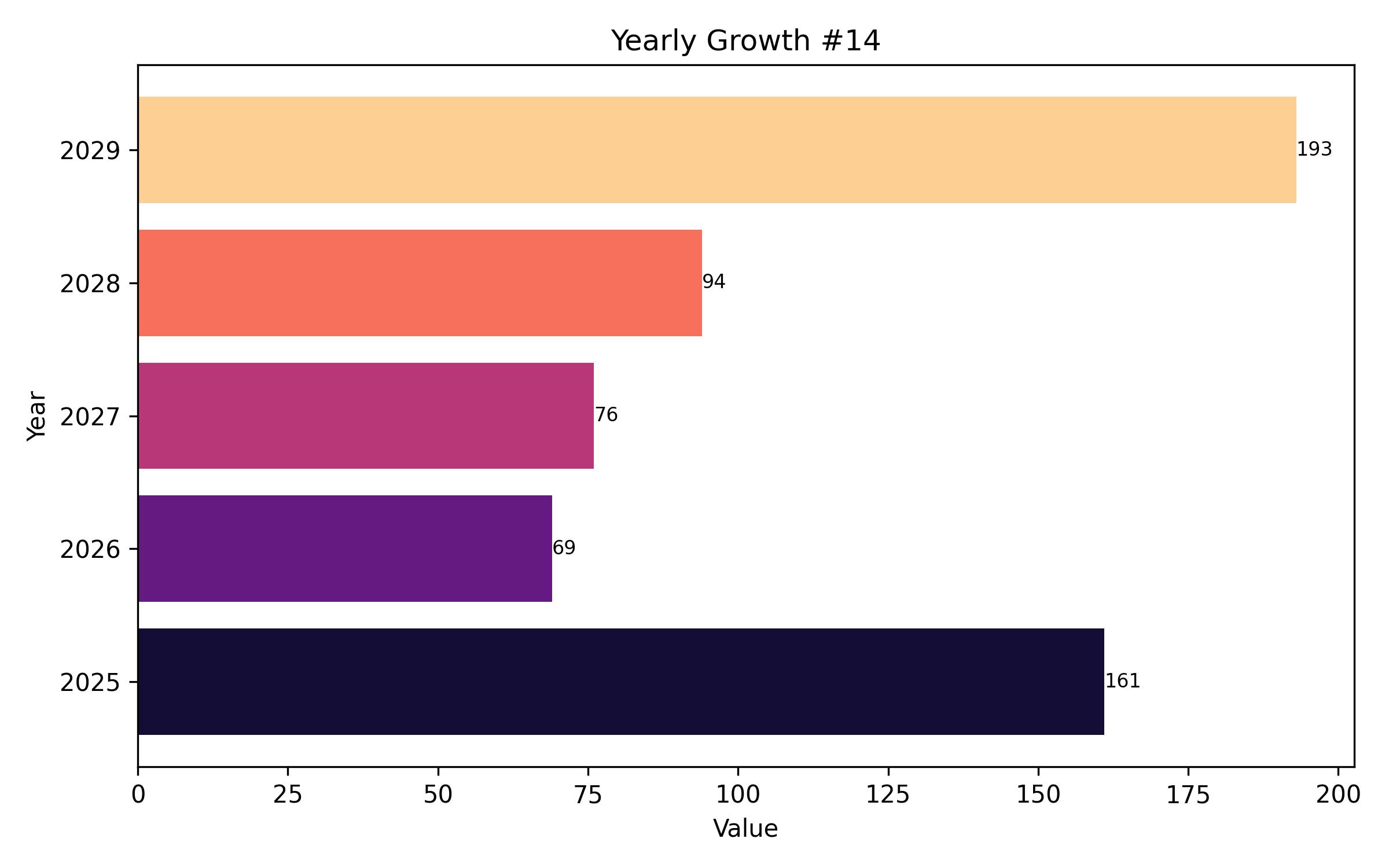Textile Recycling Market Analysis by Material, Source, Process, and Region: Forecast for 2025 and 2035
Overview:
The global textile recycling market is poised for steady expansion over the next decade. With a market size estimated at USD 5.1 billion in 2025, projections indicate a rise to USD 7.0 billion by 2035, reflecting a compound annual growth rate (CAGR) of 3.2% during the forecast period. This growth is underpinned by rising environmental consciousness and the increasing need for sustainable textile waste management solutions.
Consumer awareness regarding the environmental impact of textile production and disposal is a primary driver for market growth. Initiatives promoting textile reuse and recycling are gaining traction, supported by both governmental and non-governmental organizations. Moreover, advancements in recycling technologies are expanding the possibilities for processing a wider range of textile materials.
The pre-consumer and post-consumer textile waste streams are key sources for recycling. Pre-consumer waste, generated during manufacturing processes, often consists of higher-quality materials that are easier to recycle. Post-consumer waste, on the other hand, presents challenges due to variations in material composition and contamination levels.
Geographically, North America and Europe are currently leading the textile recycling market, driven by stringent environmental regulations and well-established recycling infrastructure. However, the Asia-Pacific region is expected to witness the highest growth rate, propelled by increasing textile production and consumption, coupled with rising environmental awareness.
Key players in the textile recycling market include companies specializing in mechanical and chemical recycling processes. Mechanical recycling, which involves sorting, shredding, and fiberizing textiles, is the most common method. Chemical recycling, an emerging technology, breaks down textile fibers into their basic building blocks, enabling the creation of new, high-quality materials.
The textile recycling market faces challenges such as the lack of standardized collection and sorting systems, as well as the economic viability of recycling certain types of textiles. Overcoming these challenges through innovation and collaboration will be critical for realizing the full potential of textile recycling and promoting a circular economy.

Year On Year Growth Chart
“`html
| Report Attribute | Details |
|---|---|
| Market Size in 2025 | USD 5.1 billion |
| Revenue Forecast for 2035 | USD 7.0 billion |
| Growth Rate (CAGR) | 3.2% from 2025 to 2035 |
| Base Year for Estimation | 2024 |
| Historical Data | 2020 – 2024 |
| Forecast Period | 2025 – 2035 |
| Quantitative Units | Revenue in USD billion and CAGR from 2025 to 2035 |
| Report Coverage | Revenue forecast, company market share, competitive landscape, growth factors, and trends |
| Covered Segments | Material, source, process, and region |
| Regional Scope | North America, Europe, Asia Pacific, Latin America, MEA |
| Country Scope | U.S., Canada, Mexico, U.K., Germany, Italy, France, China, India, Japan, Australia, South Korea |
| Key Companies Analyzed | Lenzing AG; Martex Fiber; Unifi, Inc.; Pure Waste Textiles; Boer Group; Circ; Renewcell AB; I:CO (I Collect); Evrnu |
| Customization Options | Free report customization (up to 8 analysts working days) with purchase. Changes to country, regional, and segment scope |
| Pricing and Purchase Options | Customizable purchase options for tailored research needs |
“`

Key Companies Market Share
Report Coverage & Deliverables
- Market Trends And Dynamics
- Competitve Benchmarking
- Historical data and forecasts
- Value/Volume analysis
- Company revenue shares and key strategies
- Regional opportunities
This is an indicative segmentation. Please request a sample report to see detail segmentation of this market.
Detailed Market Segmentation
- By Material
- Cotton
- Polyester
- Wool
- Polyamide
- Other Fibers
- By Source
- Pre-consumer Textiles
- Post-consumer Textiles
- By Process
- Mechanical Recycling
- Chemical Recycling
- By Application
- Clothing
- Home Textiles
- Industrial Textiles
- Non-woven Textiles
- Other Applications
- By Region
- North America (U.S., Canada, Mexico)
- Europe (U.K., Germany, France, Italy)
- Asia-Pacific (China, India, Japan, South Korea)
- Latin America (Brazil, Argentina)
- Middle East & Africa (Saudi Arabia, South Africa)
Table of Content
- Executive Summary
- Market Overview
- Key Market Dynamics
- Drivers, Restraints, and Opportunities
- Impact of COVID-19 on Textile Recycling Market
- Textile Recycling Market Analysis, by Material
- Cotton Recycling Analysis
- Polyester Recycling Analysis
- Wool Recycling Analysis
- Polyamide Recycling Analysis
- Other Fibers Recycling Analysis
- Textile Recycling Market Analysis, by Source
- Pre-consumer Textile Recycling Analysis
- Post-consumer Textile Recycling Analysis
- Textile Recycling Market Analysis, by Process
- Mechanical Recycling Analysis
- Chemical Recycling Analysis
- Textile Recycling Market Analysis, by Region
- North America Textile Recycling Market
- Europe Textile Recycling Market
- Asia-Pacific Textile Recycling Market
- Competitive Landscape
